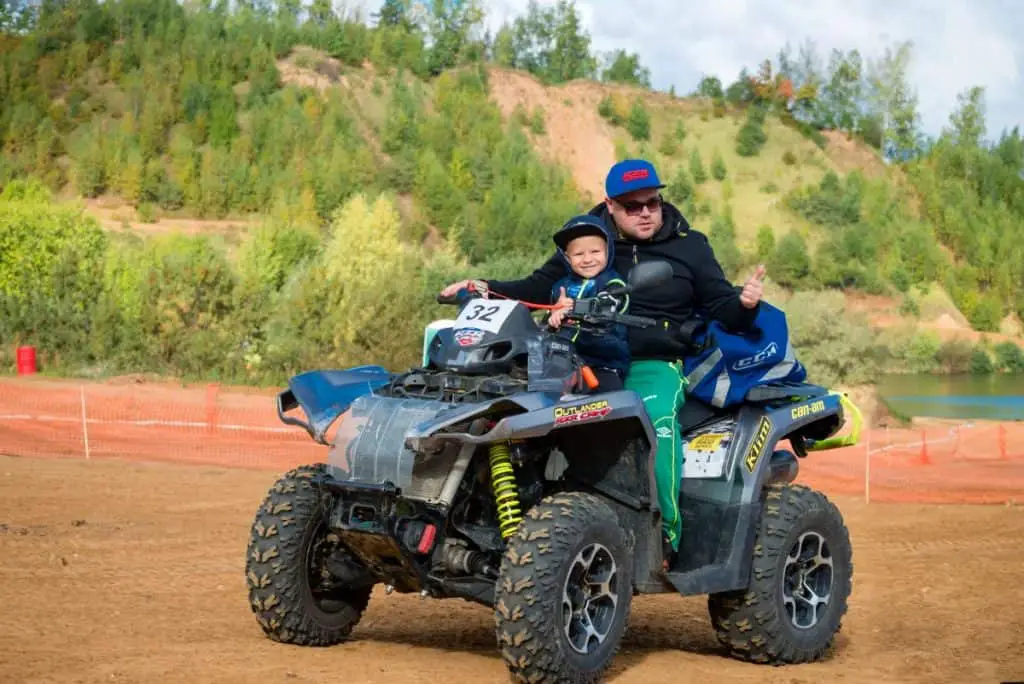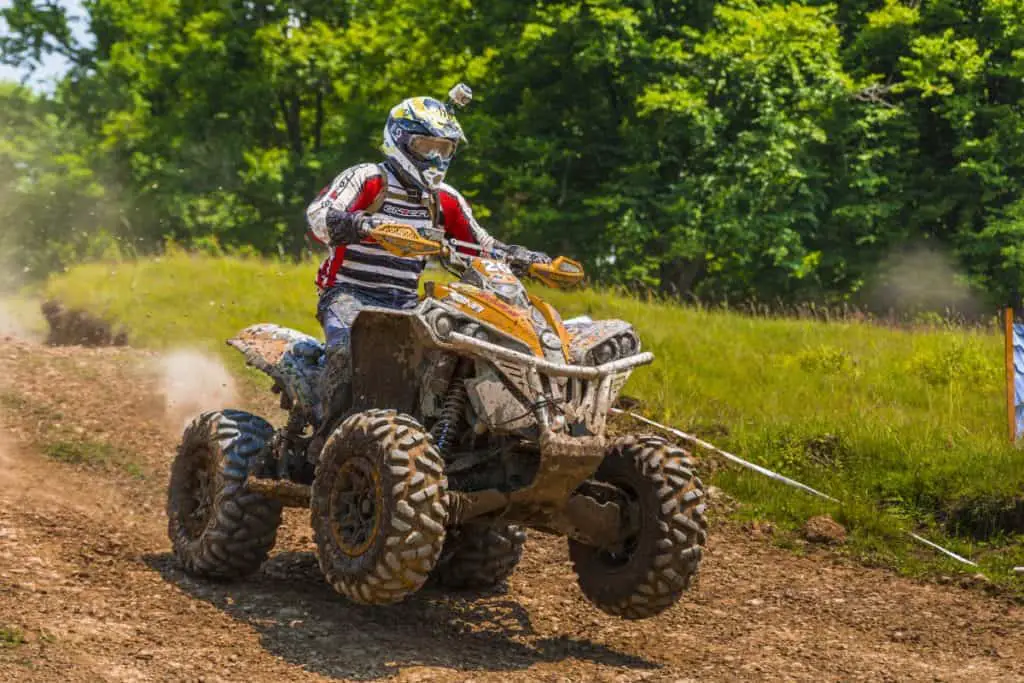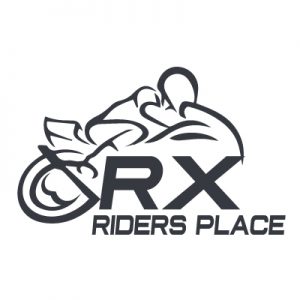I’ve ridden ATVs on and off for some time and was looking at getting a new one. I came across the fact that ATVs can have an automatic clutch and I wondered what it was. I did some extensive research and here’s what I found.
An automatic clutch ATV changes gears by itself and doesn’t require the user to press the clutch or change gear. It is different from a semi-automatic clutch ATV where the user still needs to change gears themselves, but the clutch doesn’t need to be engaged while changing gears.
By contrast, a manual clutch ATV requires you to both change gears and engage the clutch. As you can see there are 3 broad types of ATV transmissions – automatic, semi-automatic, and manual.
Below, I will explain how an automatic clutch works on an ATV, whether an automatic ATV has a clutch, as well as a brief summary about which one is better or worse to drive and why.

Does an automatic ATV have a clutch?
With an automatic ATV, you don’t need to squeeze the clutch to change gears. But, does an automatic ATV have a clutch?
An automatic ATV has an inbuilt clutch. The clutch is automatically engaged by the computer that is connected to the ATV engine. The computer for the ATV engine has sensors that detect what the revolutions per minute are (colloquially called revs).
It will then change the gear up or down depending on how low or high the revs are. If you’ve ever driven an automatic car you will understand how the clutch on an automatic ATV works, as they function virtually the same.
As you give it gas, by twisting the right handlebar the revs will go up. Once the engine goes over a certain rev count it will automatically shift up to the next year.
The point at which the gear changes up is typically at around 2,000 to 3,000 revolutions per minute (rpm). The exact rev reading where the engine will change gear is programmed into the computer for an automatic ATV engine ahead of time.
The same is true if the revs are low, and when the revs drop below a certain number it will change down gears.
Forward and reverse?
Automatic ATVs can have different settings such as forward, neutral, and reverse. And they have a special clutch foot pedal on the right side.
The clutch pedal needs to be pressed to put an automatic ATV into reverse. However, to put it in neutral or forward you don’t need to engage the special clutch.
On a manual or semi-automatic ATV, there is a foot pedal on the left side that is used to change gears. However, on an automatic ATV, there is no foot pedal there.
Difference between automatic and semi-automatic ATVs
Semi-automatic ATVs are different from automatic ATVs. With a semi-automatic ATV, you still need to change gears. However, you do it by just changing the gear straight away. And you don’t need to squeeze the clutch first as you do with a manual ATV.
A semi-automatic ATV has an inbuilt computer that engages the clutch as you shift gears with your foot and then disengages it once the gear has changed.

How does an ATV automatic clutch work?
A way to understand how an automatic clutch works is by thinking in terms of torque. If you open a jar that’s really hard to open you apply more torque to open it. But, if you were to add a device to the jar lid to make the jar lid wider you would be increasing the torque by changing gears up.
A bicycle also uses this concept. In a low gear, say gear 1, 2, or 3 you don’t need to apply much pressure to turn the pedal. But, you don’t go very far with each turn of the wheel. Whereas in a higher gear you need to apply more pressure but you also go further.
Because of the design of a motorcycle engine, the drive train – which turns the wheels – needs to be disconnected from the turning mechanism while the gear is being changed. Unlike a bicycle that doesn’t have a clutch.
Here’s a video where a guy opens up the different kinds of clutches found in motorcycles and explains how they work
However, all of them use a similar principle where the clutch disconnects the driveshaft and wheels from the rotating engine while the gear is changed.
How do you shift an automatic four-wheeler?
So, the million-dollar question, how do you actually drive an automatic four-wheeler…
As a general rule, an automatic four-wheeler will shift the gears on its own. It is not required to do anything to shift the gears on an automatic four-wheeler when it is in forward. However, an automatic four-wheeler needs to be put in forward or reverse from neutral to drive it.
It’s good practice to put a four-wheeler in neutral when you turn it off. If you don’t, when you start the engine it can lurch forward or backward which is very dangerous. Therefore, you first start the engine in neutral and then put it into forwards.
Then you can drive your four-wheeler and the gears will change automatically based on how much gas you give it.
What does a clutch do on an ATV?
There are a lot of moving parts in the engine found in an ATV, so you may be wondering what the clutch does on an ATV.
A clutch on an ATV separates the power from the wheels. It is engaged to change gears and disengaged when it is in gear. The clutch is also similar in function to the neutral gear. When in the neutral gear or when the clutch is engaged on an ATV the engine can go to the maximum RPM without moving the wheels at all.
It also allows you to gradually ease the clutch giving a smooth transition between gears. This gives you more precise control over the engine. As a result, you can adjust the gears in real-time based on your driving conditions.
In terms of driving your ATV, you will notice you have slightly decreased performance in an automatic ATV compared to a manual ATV. This is because the computer on an automatic ATV can’t do as good a job as a real person.
However, overall the difference is not that noticeable, and most people find automatic ATVs much easier to drive. As there are two fewer steps to driving it. Because you don’t need to 1) engage the clutch and 2) change the gear.
Similar to how automatic cars are much easier to drive than a manual. People who are really into driving, cars, and motorcycles will generally prefer a manual transmission because you can use advanced gear shifting techniques. And you have more precise control over the engine.
